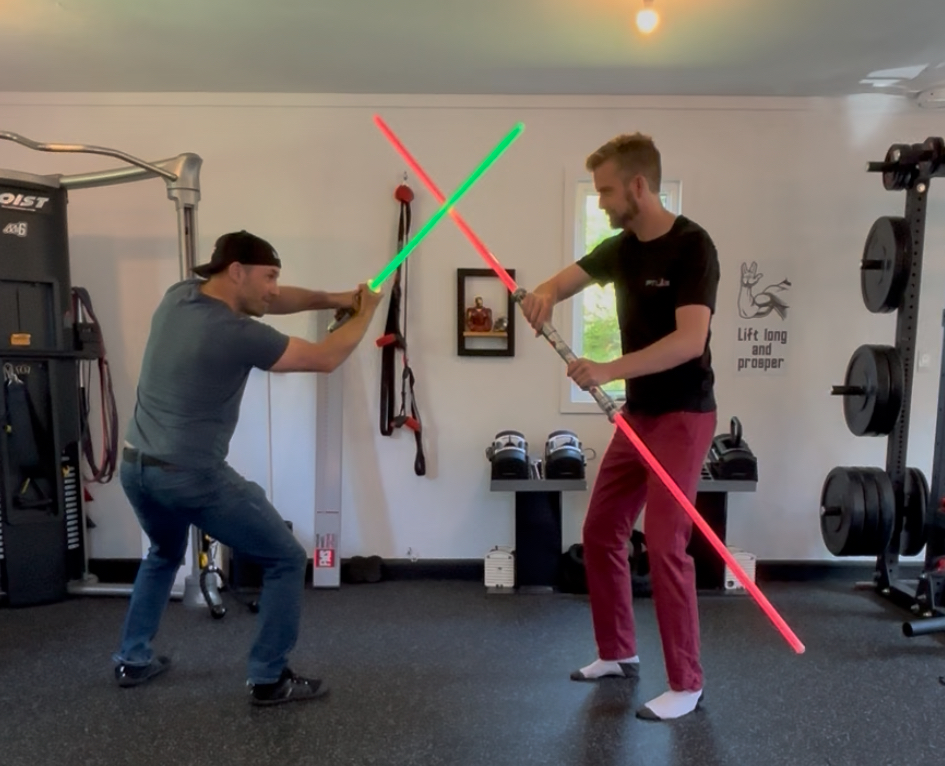
Have a listen to Cillian Harnett (Physio with PT Lab) on his PT Lab podcast with yours truly as we cover training principles, patient care approaches, training/nutrition for TBI, and a bunch more! SHARE!!! LINK: https://1l.ink/MWMMVM4
Read More

Have a listen to Cillian Harnett (Physio with PT Lab) on his PT Lab podcast with yours truly as we cover training principles, patient care approaches, training/nutrition for TBI, and a bunch more! SHARE!!! LINK: https://1l.ink/MWMMVM4
Read More
INTRODUCTION Depression is a condition affecting approximately 268 million individuals, worldwide.1 This makes such a condition highly prevalent, and worthy of review. Major depressive disorder (MDD) is characterized by persistent feelings of sadness, often accompanied by a lack of interest/pleasure participating in activities. Many of you reading are likely to know somebody in your circle, […]
Read MoreDemographics are steadily shifting towards an aging population, worldwide; by 2050, it is estimated that 25% of the global population will be of advanced age.1 Such knowledge should behoove one to preemptively consider interventions to manage health. In this author’s previous posts, information was provided regarding advanced age (i.e., 65+), sarcopenia, and general interventions […]
Read MoreRheumatoid arthritis (RA) is characterized as a multisystem inflammatory condition, which affects 1% of the population.1 The condition is further complicated by co-morbid diseases which includes cognitive dysfunction, cardiovascular disease, fatigue, and depression.1(1)2 As an aggregate, such illnesses can systematically diminish an individual’s health and quality of life. Thus, it is imperative to consider interventions, […]
Read MoreParkinson’s disease (PD), as mentioned in this author’s previous posts, is the second most common neurodegenerative disorder where neurons that make the neurotransmitter dopamine, responsible for human movement, are destroyed.1,2Such a multisystem disorder, by necessity, requires a multifaceted approach in managing its underlying causes and physical manifestations. One particularly appealing low-risk and low-cost intervention is […]
Read MoreThe World Alzheimer Report (2016) stated that approximately 47 million people suffer with dementia, worldwide.1 Furthermore, said statistic was predicted to increase in excess of 131 million by the year 2050, while the population of individuals aged 65 and older continue to rise across the world.1(1) In this author’s previous posts, nutritional and sleep hygiene interventions […]
Read MoreMotivational interviewing (MI) insists that the interviewer, and the client’s social network, provide empathy and emotional support during stages of behavioural change.1 However, although social support is viewed as beneficial, the delivery of such support is often ineffective. As such, the following will explore constituents of effective emotional support and solutions to improve the same. […]
Read MoreObesity is an epidemic estimated to effect more than one third (36%) of adults in the United States.1One driver behind such an epidemic is the chronic overconsumption of food. In this author’s last post, cognitive and behavioral recommendations were briefly explored to facilitate liberation from conditioned hypereating (CH) and consumption of ultra-processed food and drinks […]
Read MoreA warm-up can be defined as preparatory exercise to improve competition or training performance (Fradkin, Zazryn, & Smoliga, 2010). However, have warm-ups been supported by evidence as being effective? If so, to what degree are they effective, and why are they effective? The following sections will explore the aforementioned questions to gain insight and appreciation […]
Read MoreThe human body communicates, interacts, and coordinates with itself and the external environment through a dense network of electrochemical conduits, colloquially known as the nerves or nervous system (NS) (Kenney, Wilmore, & Costill, 2012). Virtually all tissues, organs, motor, and sensory systems are fully integrated with the NS; like a conductor in an orchestra, the […]
Read More